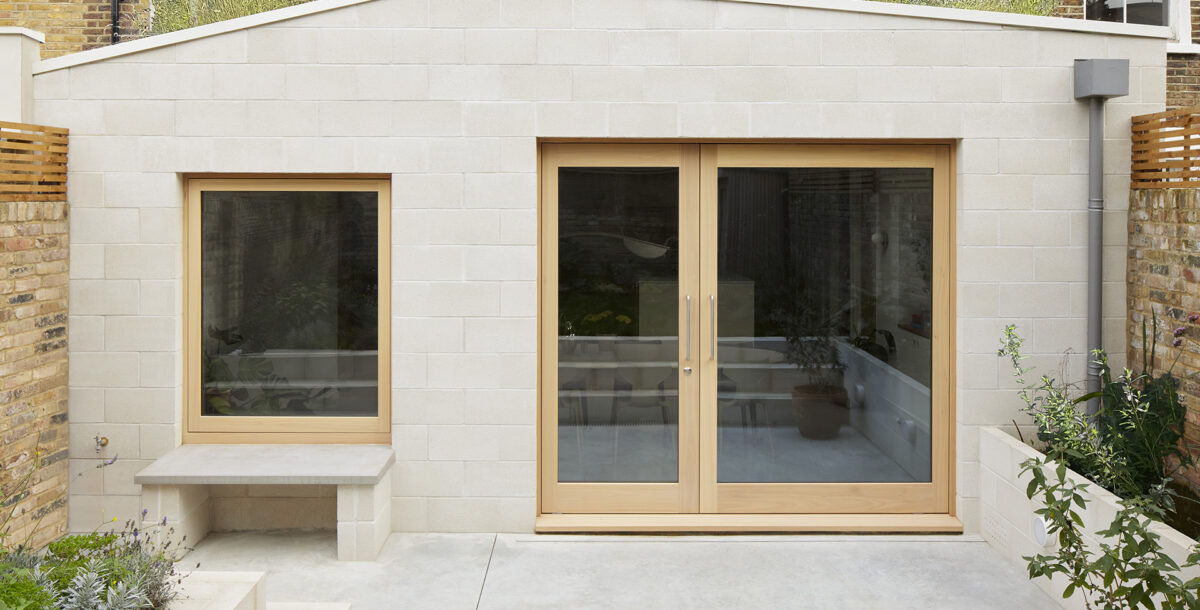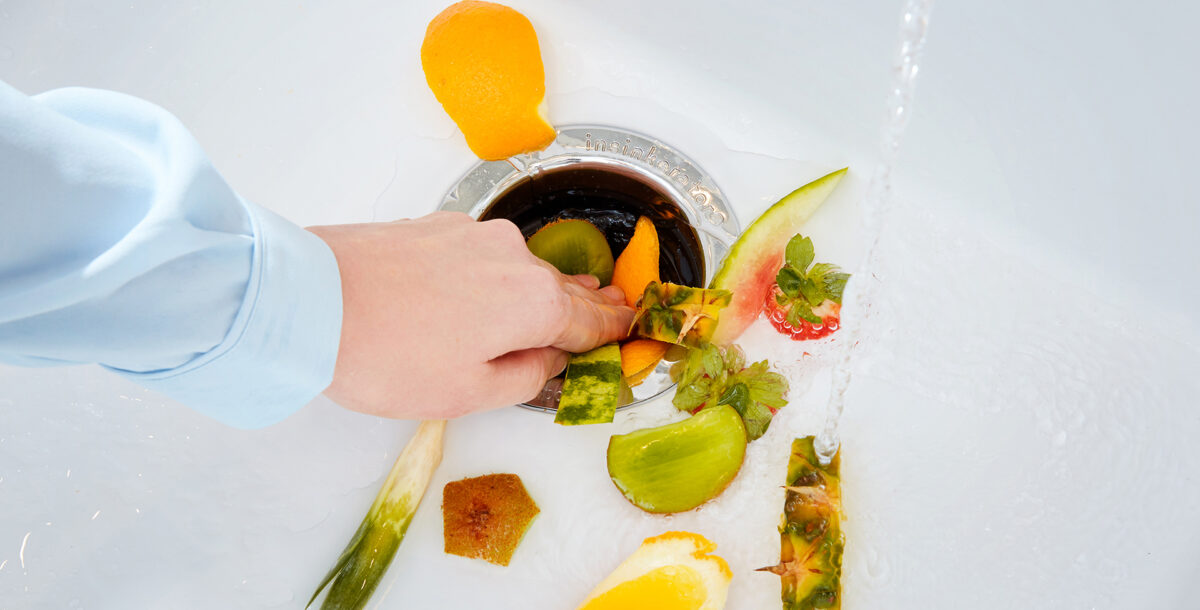What are Volatile Organic Compounds (VOCs) and how do you reduce them?
We spend most of our time indoors, which means that poor quality air inside can lead to health issues.
Volatile Organic Compounds (VOCs) are organic substances that evaporate easily at room temperature. It’s an umbrella term for many harmful substances and common VOCs include benzene, ethylene glycol, formaldehyde, dichloromethane, tetrachloroethylene, toluene, xylene and terpenes, such as limonene and pinene.
Not all VOCs are manmade: most VOCs in the atmosphere are actually naturally occurring, produced by plants, animals or microorganisms. And not all VOCs are ‘bad’.
Different VOCs have different effects on human health, and differing effects according to the concentration of the substance; the length of time you are exposed to it; existing health problems: underlying respiratory or immunity conditions or allergies can make you more susceptible to the effects of some VOCs; the age when you are exposed: babies, children and pregnant women are at greater risk.
Not all VOCs are dangerous in the concentrations likely to be encountered in our homes; not all of them will affect everyone; and some are only dangerous once they combine with other chemicals to form new compounds, such as formaldehyde or ozone.
Where do we find VOCs?
In our homes, VOCs are found in things like paint, solvents and paint stripper, some kinds of new furniture and flooring, cleaning products, printer ink, aerosols, air fresheners and dry-cleaning fluids.
A strong scent can be a clue that VOCs are present, though, just to keep things complicated, some VOCs are odourless.
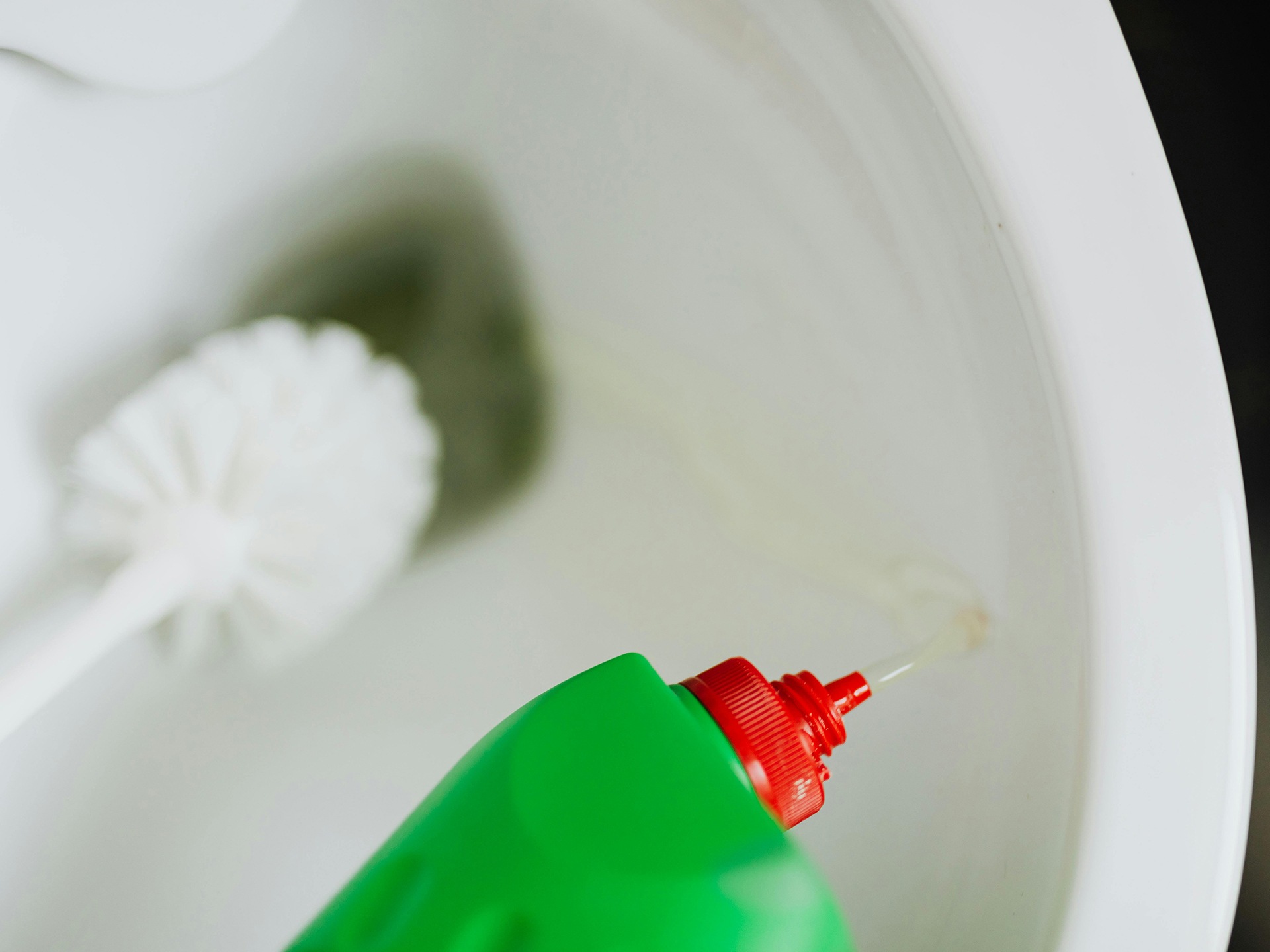
Image credit: Pexels/Karolina Grabowska
What are the risks of VOCs?
Because it is a category that involves so many different chemicals, it is hard to make sweeping general statements about VOCs. If you click through the links in the list of VOCs named above, you will see factsheets from the government summarising the current understanding about each chemical’s potential impact on human health.
In general, short-term exposure to high levels of certain VOCs can cause eye, nose and throat irritation, headaches and nausea, while long-term exposure to high levels of some VOCs can damage the liver, kidneys and central nervous system.
Some VOCs are classified as carcinogens, though, typically, these will most often cause serious problems for people who have been exposed to very high concentrations of them over a period of years, in, for example, a workplace.
How to reduce exposure to VOCs
Nonetheless, given all the potential health hazards, it seems sensible to try to minimise exposure to VOCs within our homes, particularly if our households includes youngsters, anyone likely to get pregnant, or anyone with underlying respiratory issues, allergies or impaired immunity. There are lots of quite simple ways to do this.
Paints
Paint has historically been a source of large amounts of VOCs. But some manufacturers have developed new water-based formulas for their paints, which do away with many of the VOCs. Some companies describe these lower-VOC paints as “no VOC” or “VOC-free”. The trade body that includes paint manufacturers, the British Coatings Federation, runs a certification scheme called the VOC Globe scheme which offers a more precise categorisation of paint according to its VOC content. This includes the following categories:
- Trace = VOC content <0.1%
- Minimal = VOC content 0.1–0.29%
- Low = VOC content 0.30–7.99%
- Medium = VOC content 8–24.99%
- High = VOC CONTENT 25–50%.

Image credit: Farrow & Ball emulsion paints contain trace VOCs, the lowest rating
Check labels for details of VOC content and choose paint described as “trace VOC”, “minimal VOC”, “low VOC”, “no VOC”, “VOC-free” or “non-toxic”. These are a great choice, both for your own health and that of any painters you employ to decorate your home, who are likely to be working with paint all day, every day. We did a round-up of environmentally friendly paints, with many having low VOCs. And don’t forget the obvious: open all the windows when you’re painting.
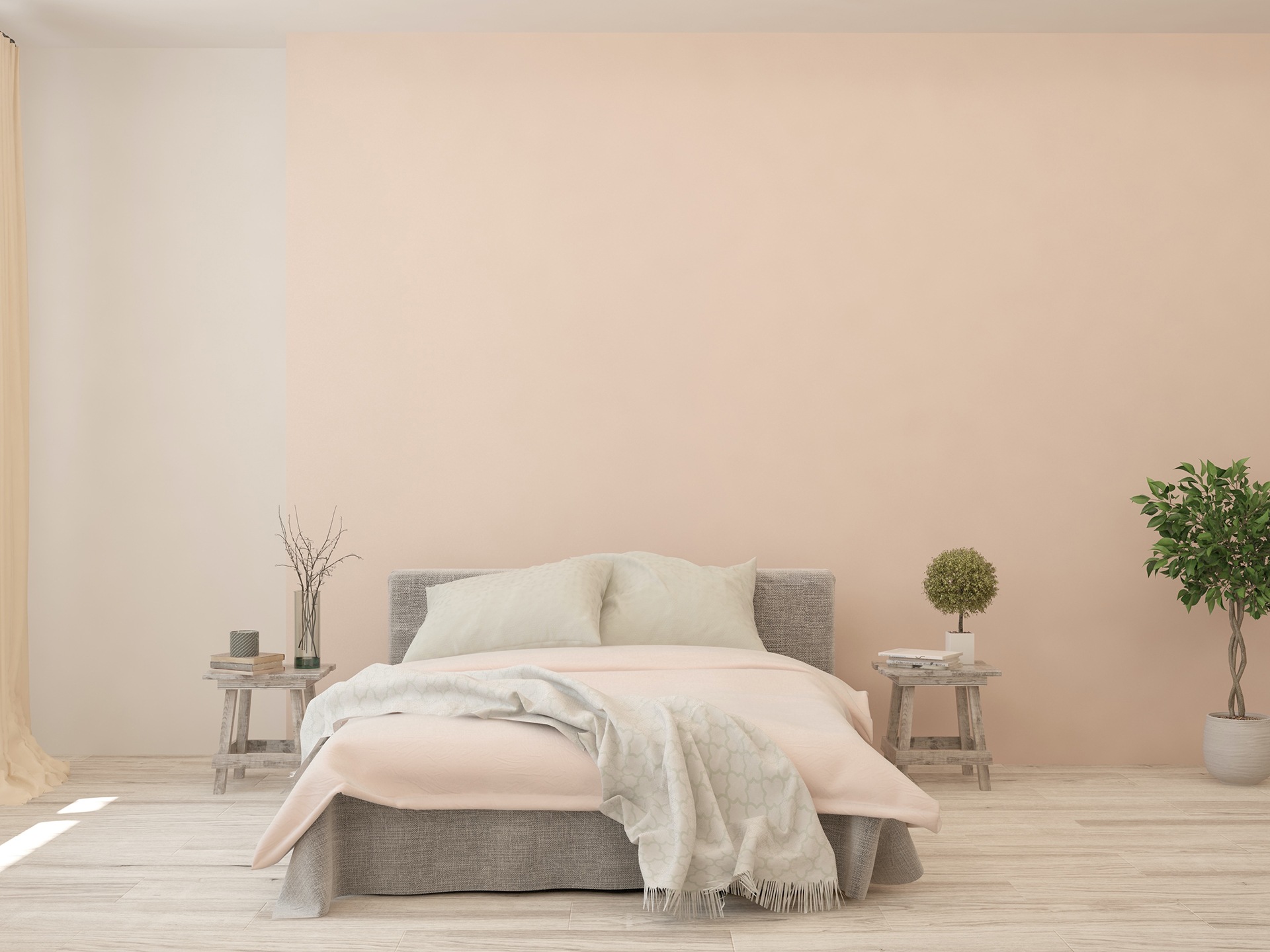
Image credit: Victory Colours paint is virtually VOC free
Flooring
Laminate, vinyl flooring, varnishes, adhesives and carpets have all been potent sources of VOCs. But nowadays, many manufacturers are working hard to remove the VOCs from flooring and other products. Look out for flooring labelled “low VOC”, “ULEF” (ultra low emitting formaldehyde) or “NAUF” (no added urea formaldehyde). See if you can source flooring that is “off gassed” (set aside for a while so the strongest VOCs can dissipate) by the manufacturer before it is shipped. And choose “floating” flooring that clicks together rather than the type that has to be stuck down with lots of glue.
Hardwood and engineered wood flooring don’t give off VOCs, but the varnishes, wood treatments, underlays and adhesives that go with them often do. So make sure you choose low-emissions options.
When it comes to picking products, there are various national certification schemes you can look out for that indicate lower-VOC products, such as the Nordic Swan ecolabel or the Blue Angel German ecolabel. But Europe-wide low-emissions standard to look out for is the Eurofins Indoor Air Comfort standard, while UL GreenGuard and FloorScore certifications are similar American schemes.
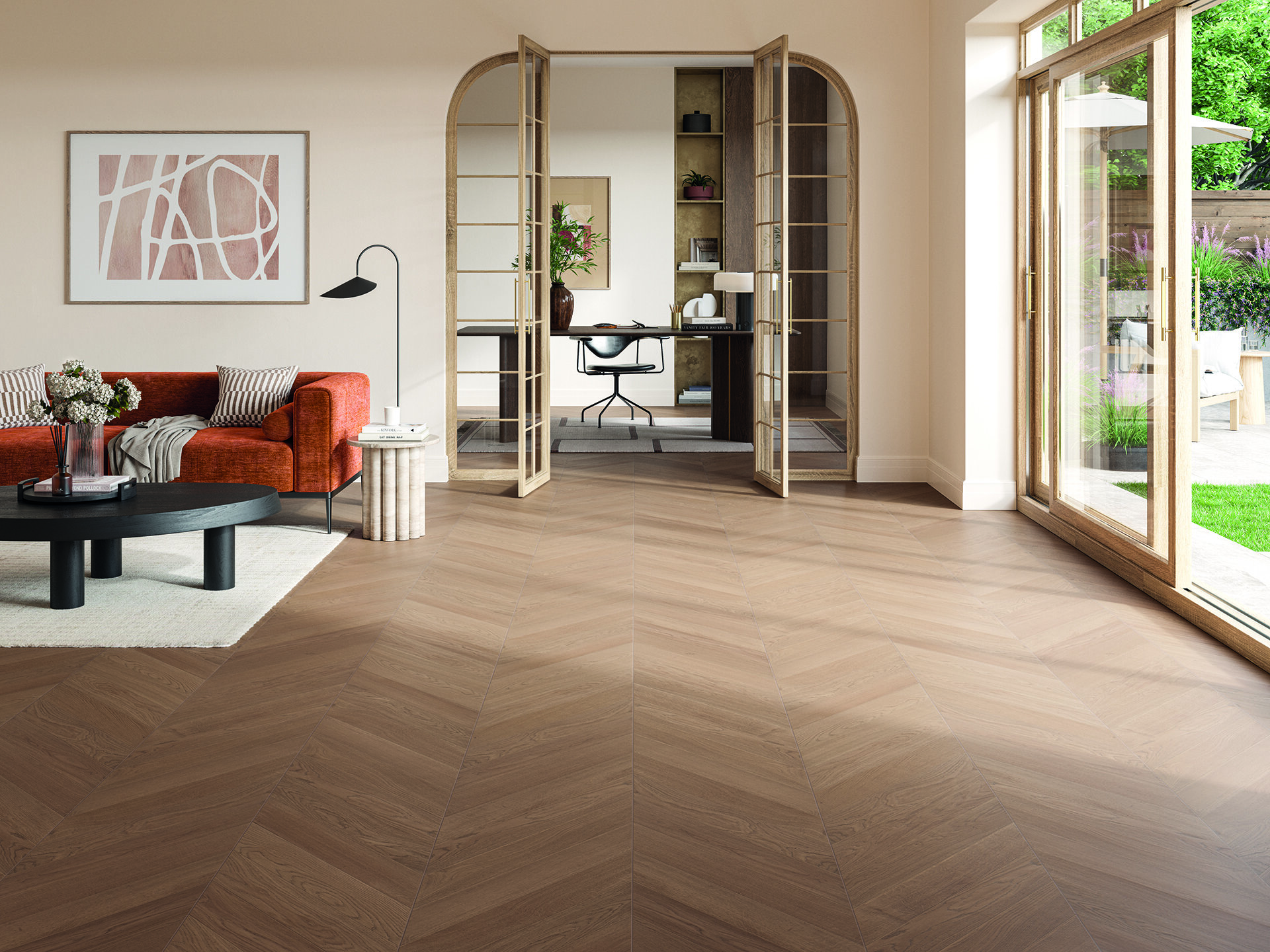
Image credit: Engineered wood floor from Parador
Furniture
New furniture, especially that which features PVC, is a potential source of VOCs. Choose natural alternatives, such as wood, to avoid the problem. Vintage items should be long done with any off-gassing, too. Avoid spray-on stain coatings. And, again, look out for products certified as “low emissions” by any of the various independent certification schemes such as Eurofins Indoor Air Comfort standard and the similar American scheme UL GreenGuard. If you have somewhere undercover such as a garage or shed, you can leave new furniture to off-gas for a while before bringing it into your house.
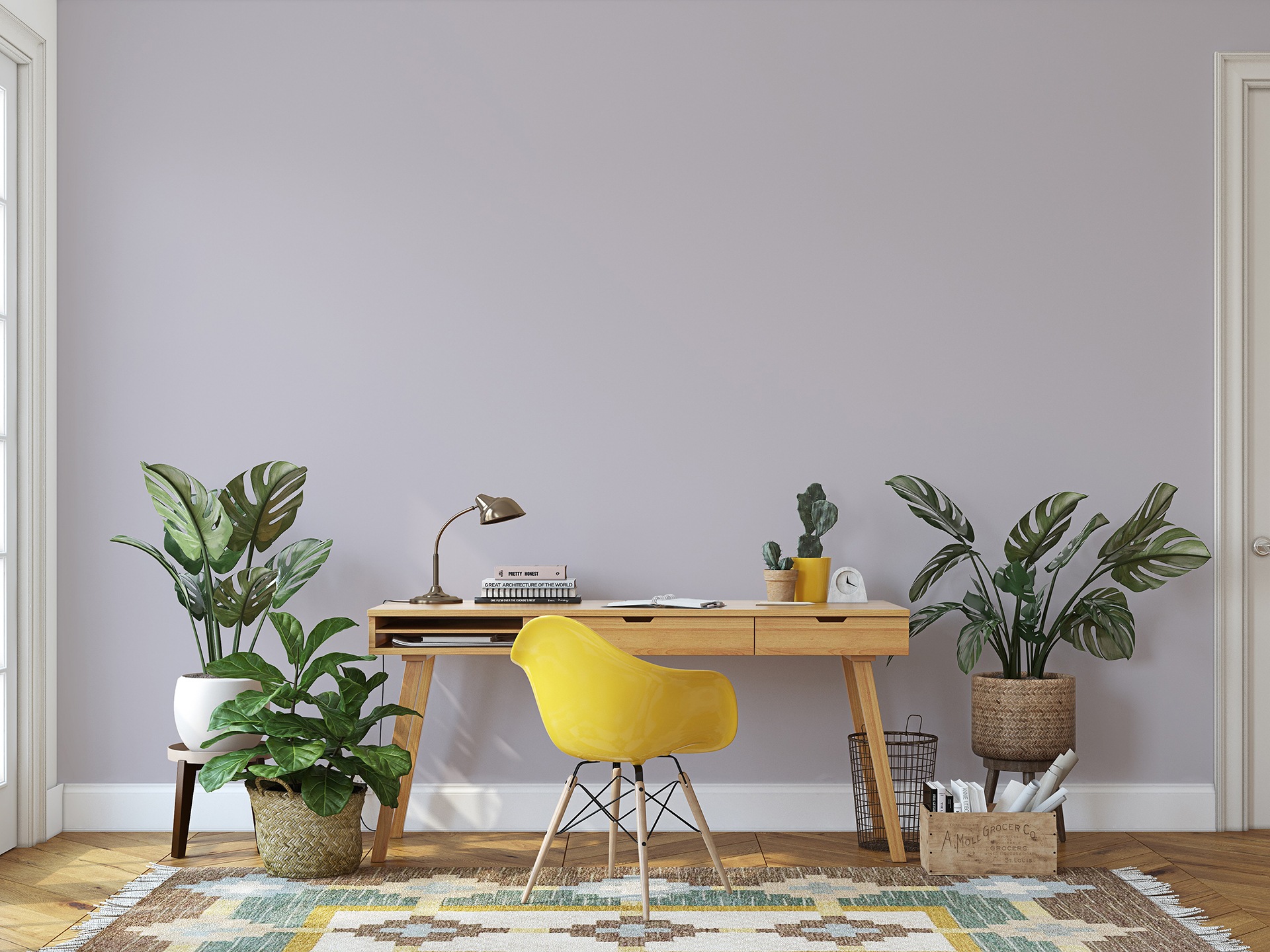
Image credit: Victory Colours
New homes
VOCs are likely to be at their peak in new homes, which are full of fresh paint, new flooring etc. Some of these products will give off their worst fumes in the first couple of days, others over a couple of months. But, if you can wait a week or so before moving in to a new, freshly decorated home, do that.
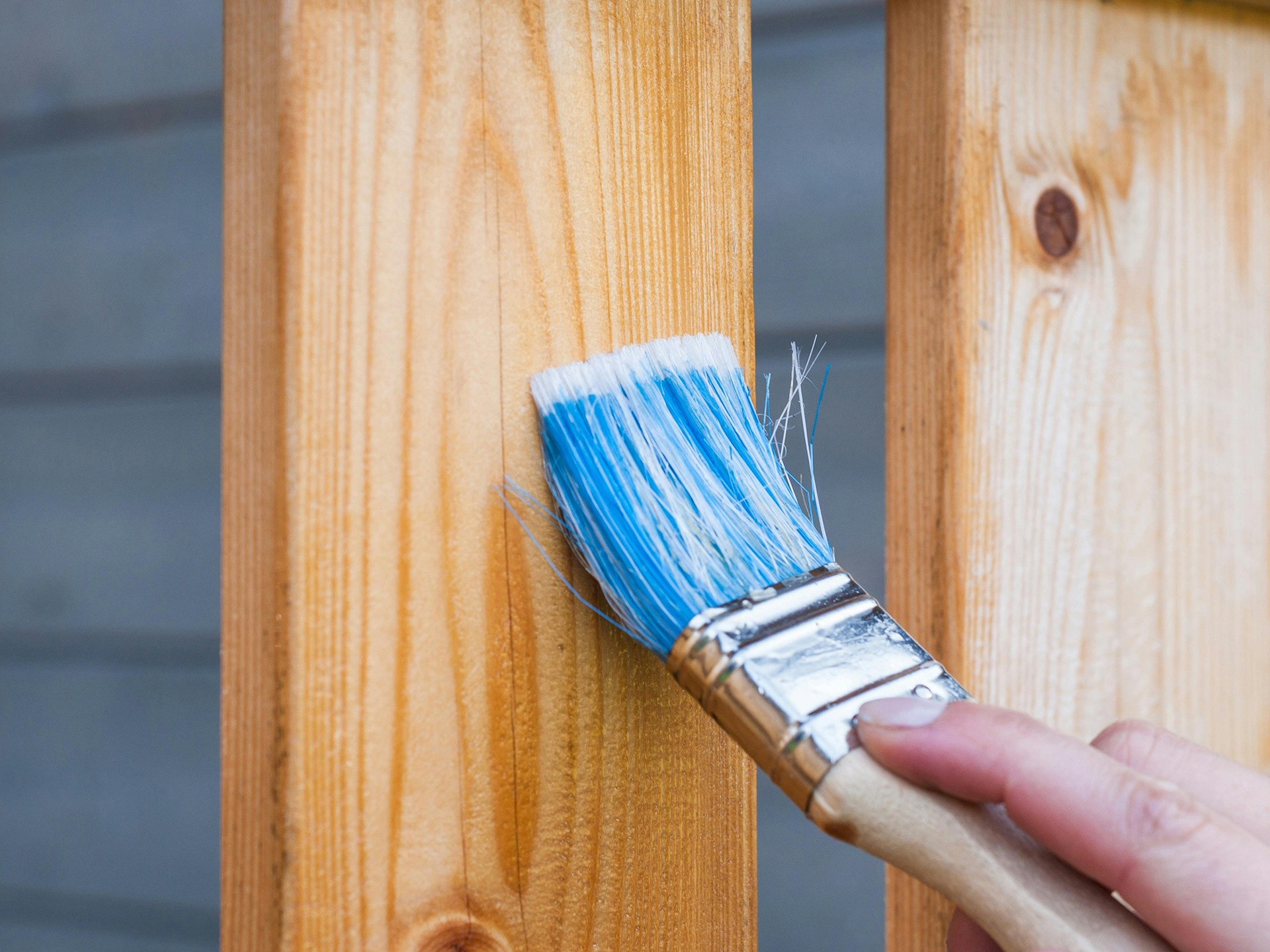
Image credit: Pexels/Pixabay
Household products
Buy minimal quantities of any household products that contain VOCs (some cleaning materials, paints, paint strippers, varnishes, solvents, aerosols), open the windows when using them, and always follow the instructions carefully.
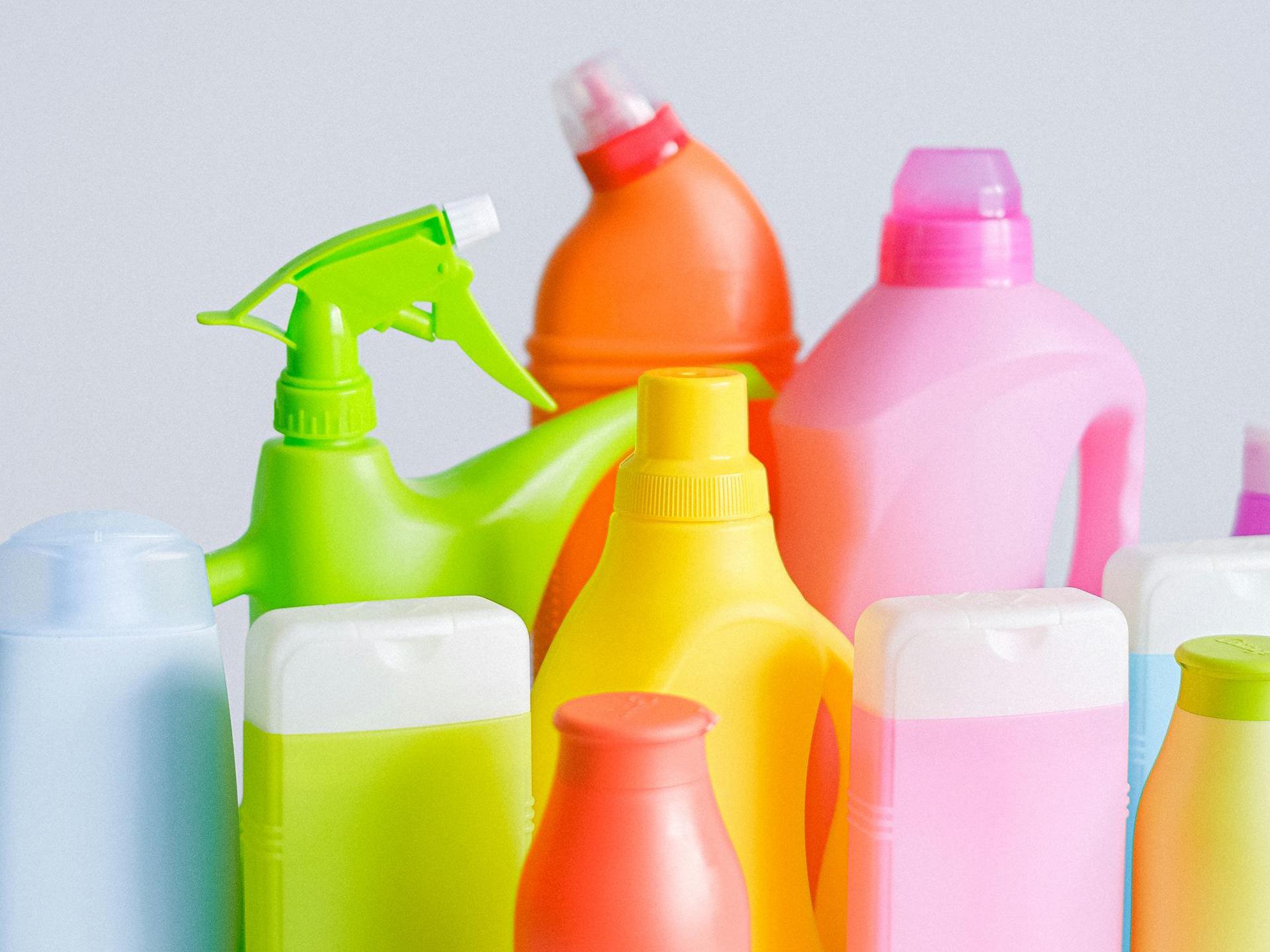
Image credit: Pexels/Anna Shvets
Don’t store these things in the house. Dispose of unused products safely as soon as you are done with them. Look up your nearest hazardous waste disposal site online, and, if you have left-over paint, see if there is a local paint-reuse scheme such as Community Repaint that will take it.
Clean smarter
Many traditional cleaning products contain VOCs. Luckily there are low-VOC alternatives available. But just because products are marketed as eco-friendly doesn’t necessarily mean they will be free of VOCs. Ecover’s Zero range and Delphis Eco are good ones to check out. Read the labels and look at what each product contains. Open the window when cleaning, clean when there’s noone else around, and don’t mix cleaning products.
Find out more
If this is a subject that you’re particularly interested in, here are some low emissions products to check out:
- list of products that meet the Eurofins Indoor Air Comfort standard.
- national low-emissions certification schemes – marks to look out for.
- Mindful Materials database of sustainable interiors and construction products, which includes products that meet all kinds of different sustainability criteria, not just low VOCs.
The government’s Indoor Air Quality Guidelines for selected Volatile Organic Compounds (VOCs) in the UK explains the health concerns around 11 common VOCs and recommends suggested maximum short- and long-term exposure levels in micrograms per cubic meter of air. But, for the average person, it is hard to understand how these recommended levels equate to real-life product use in your own home.


